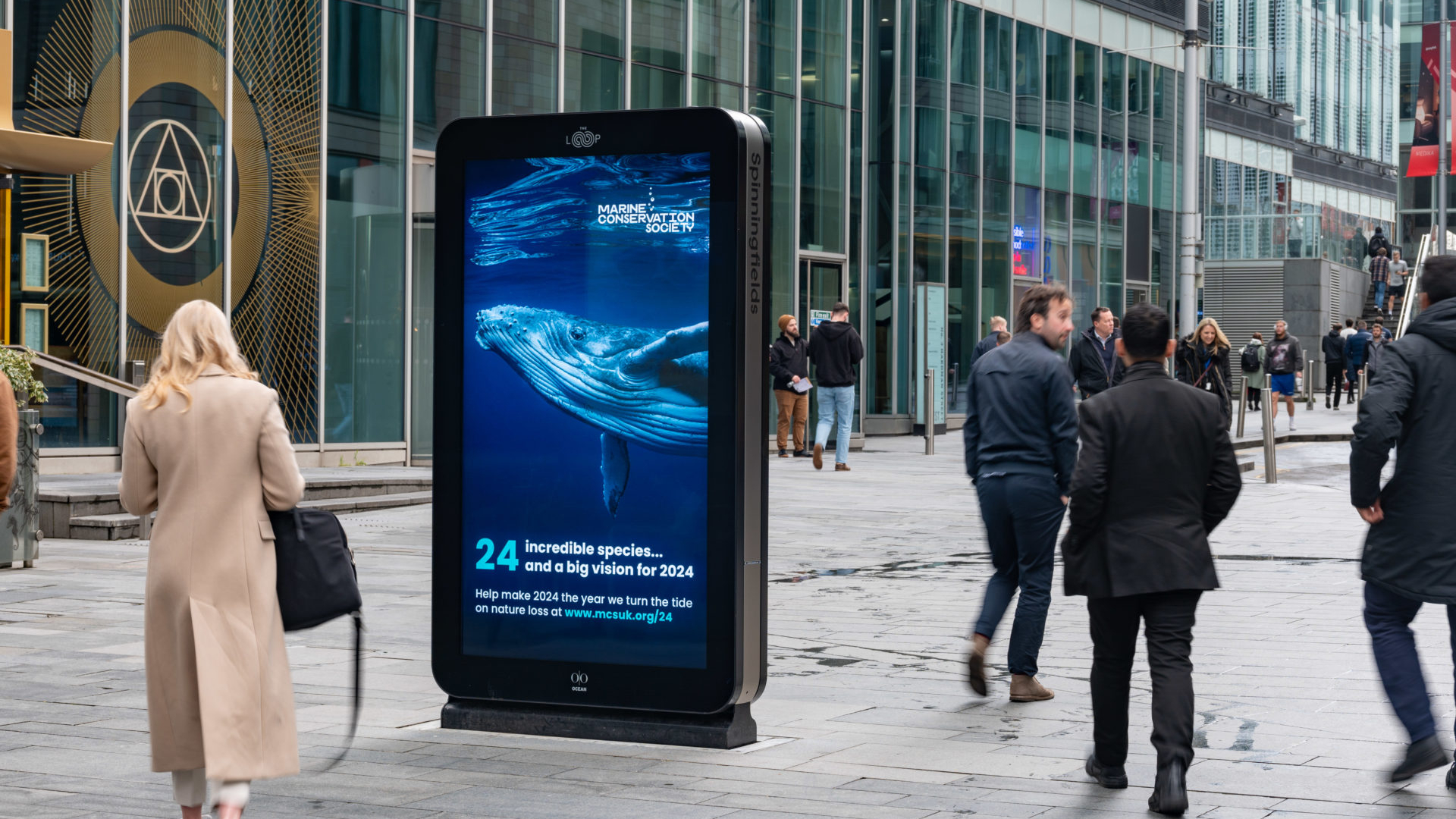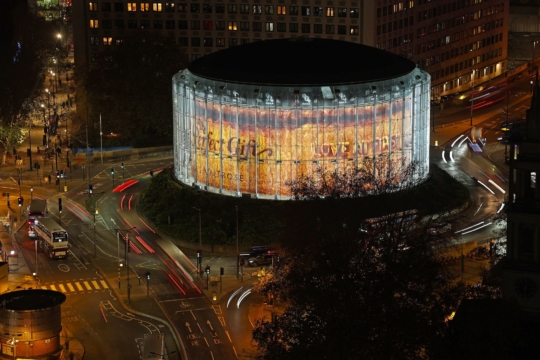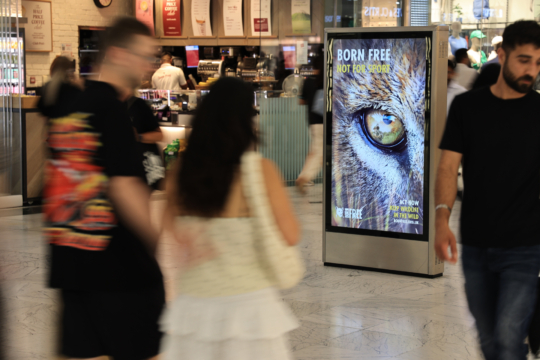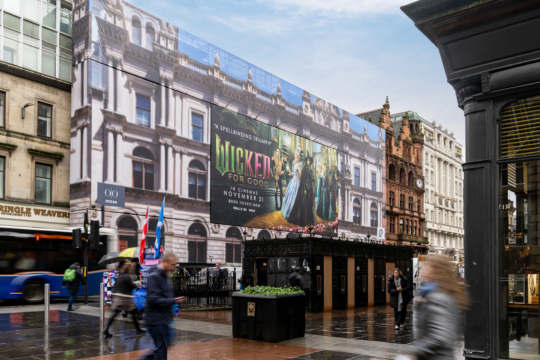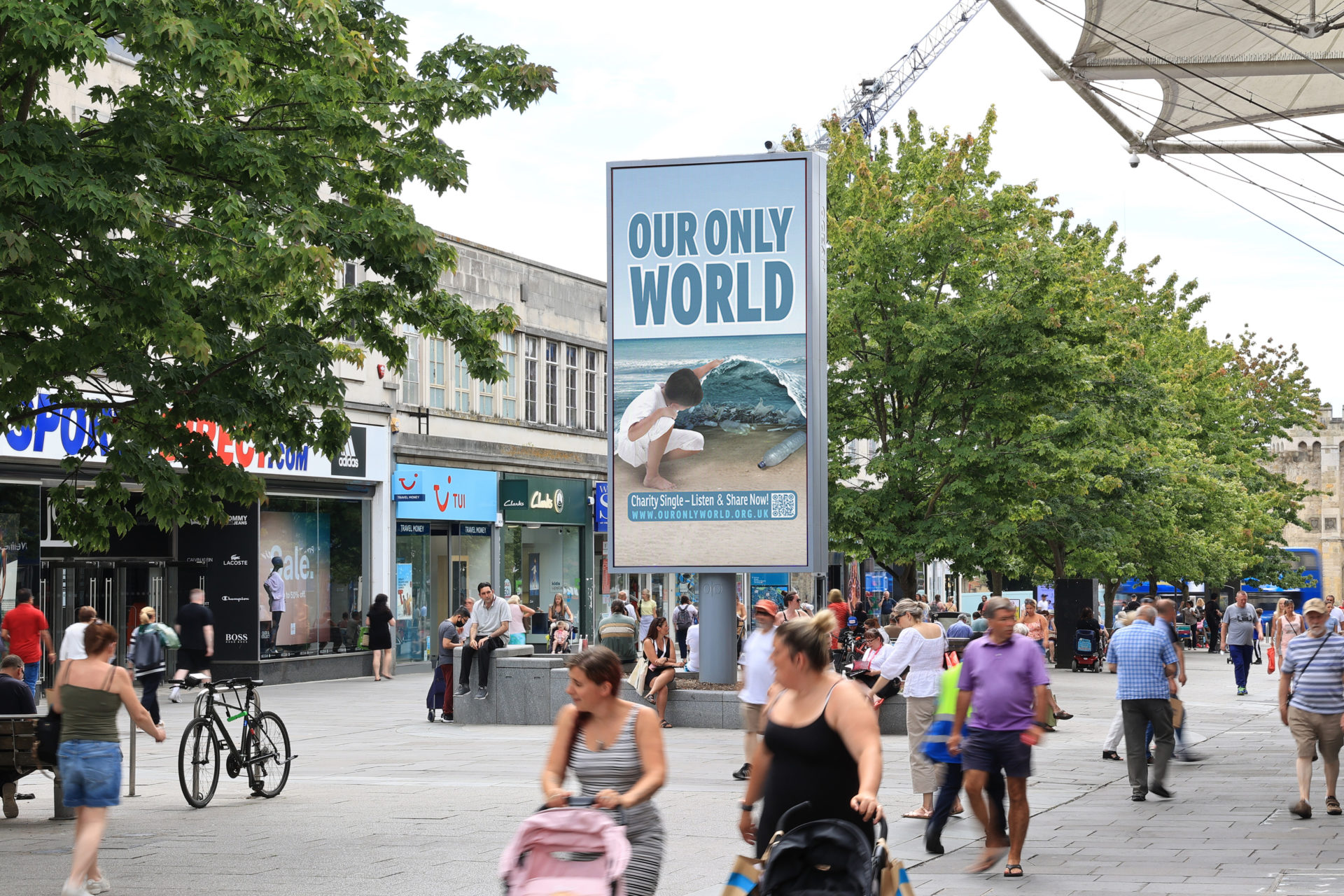

When we add new locations to our European OOH portfolio, every site follows a specific protocol to ensure it meets our sustainability criteria.
Our development blue print is guided by an evidence based audit which has overhauled how digital out of home (DOOH) screens are procured and operated since they first appeared 15 or so years ago.
Arriving this summer, for example, is a brand new build specifically designed for Southampton. Sitting either side of the Millbrook roundabout flyover, a major intersection between the western docks and Redbridge, Two Towers Southampton is undergoing close environmental scrutiny at every stage until its switch on.
From the concrete to the steel, everything involved in end to end operations of this nature is responsibly sourced and managed as we work to meet our obligations under Scope 3 of the Green House Gas protocol.
Understanding our supply chain
The challenge for all media owners is to do as much as possible to decarbonise our businesses.
In our case we are audited by Watts. It’s a science based exercise which probes our strengths and weaknesses, allowing us to focus on what still needs to be done. As a result of this work:
- One hundred per cent of the screens under our control are powered by energy from renewable sources. Those that are not, we work with our landlords to achieve green energy suppliers.
- Product innovation. Modern day LEDS are cleaner in terms of energy efficiency and have a longer life span.
- Our suppliers are selected based on their environmental credentials. They need to be able to demonstrate that their components, concrete, plastics, steel and other metals are sustainably sourced and can either be broken down or recycled at the end of their lifetime.
- Shipping methods are taken into consideration so that we can account for the carbon footprint of the components assembled on each site.
Low carbon, low power
Across our group (seven countries), we are ahead of reaching our 2030 target of decarbonising the business to the levels set out in the Paris Agreement. This is hugely encouraging and a result of having and choosing likeminded business partners.
The fact that DOOH is so visually obvious is what makes it such a successful channel, but beyond the decarbonisation work, there are some real time applications we deploy that are perhaps unique.
One example is turning our screens down to half power/brightness during certain day parts. Screens frequently have down time at the discretion of the OOH media owner, which is unusual in today’s age of 24 hour media connectivity. We don’t operate at full tilt when there is no audience, or a small audience.
And those locations, mainly roadside, that are suitable have been turned into wildlife corridors populated with native flowers, bee and butterfly hotels.
Accelerating sustainability goals
From equipping ourselves to become climate literate, to urging our suppliers to set carbon reduction and net zero targets, we are holding each other to account for this progress.
That’s why we are collaborating with other OOH media owners by contributing our sustainability data to a new report produced by KPMG for the UK industry body Outsmart.
The report provides examples of our collective efforts in reducing emissions and reveals that in the UK, OOH makes up less than 3.5% of the total carbon footprint of the advertising industry and is just 3.3% of UK advertising’s power consumption.
Which makes OOH the most sustainable advertising platform for brands when compared to other major media.
You can find more about that report here.


